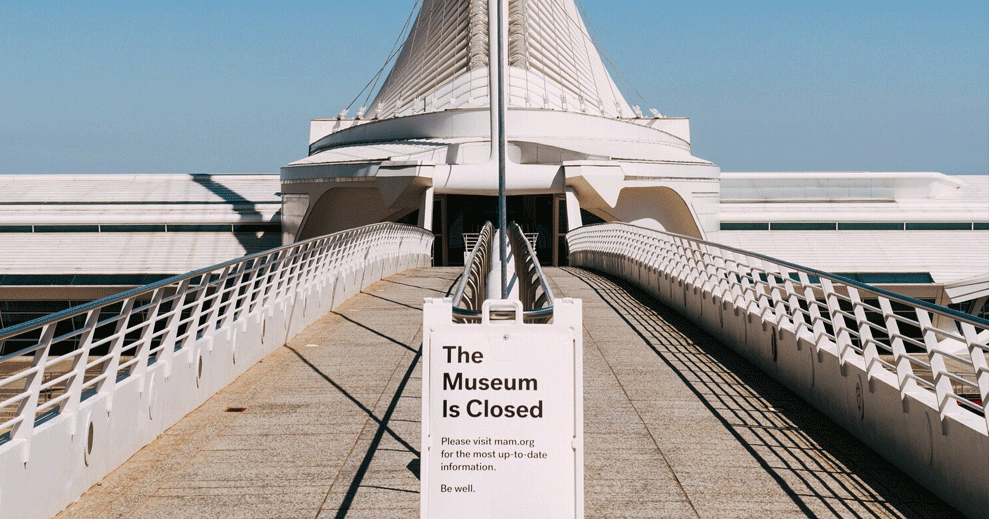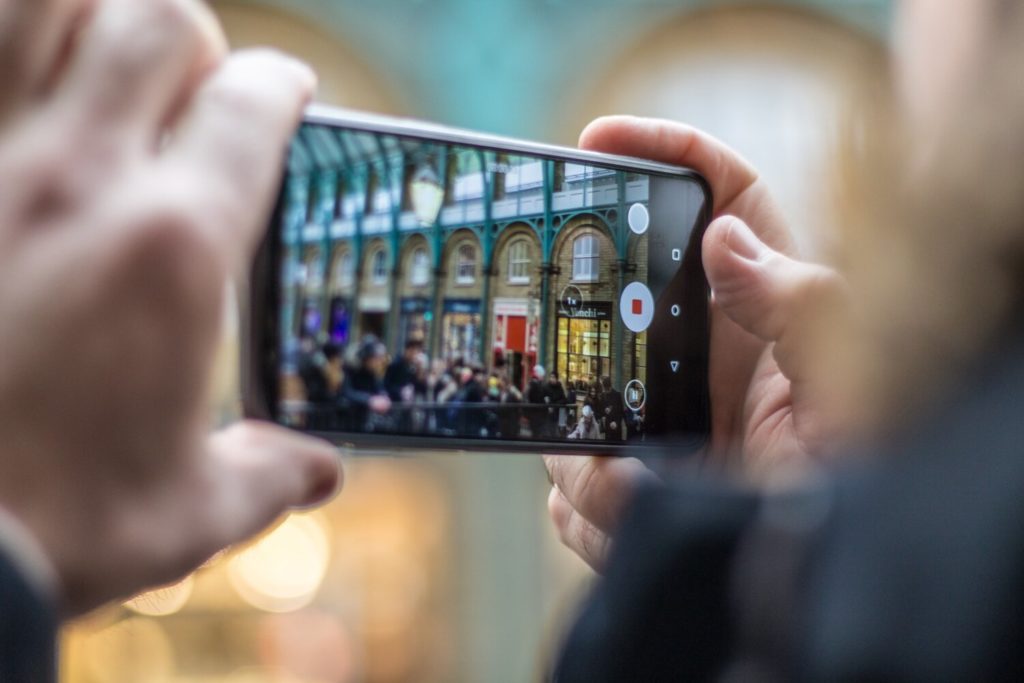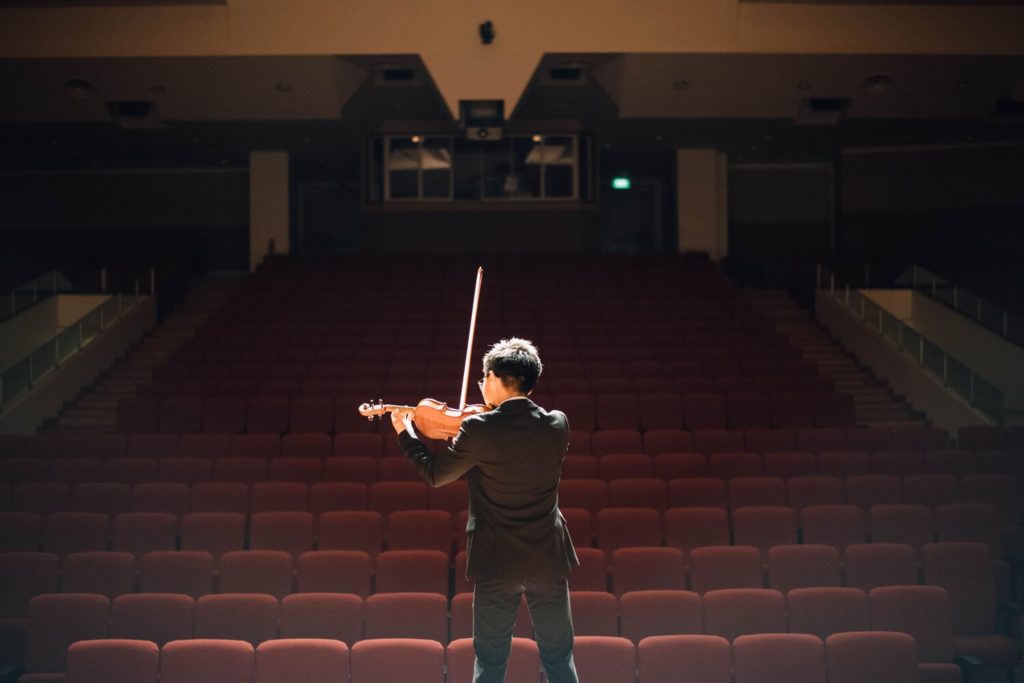
COVID-19 Changed Everything. The Arts Have an Opportunity to Make a Permanent Change for the Better – it Just Might Save Them.
Embracing technology may not only save the arts, but usher in a new normal.
Like many people, I lost track of the number of cancelled events on my calendar when COVID-19 first hit. Among them were theater dates, an evening at the ballet, a visit to a museum. I worried, as others did, if arts and culture could possibly survive the shutdown. But then, an amazing thing happened, something that, in my years working in-house at performance venues I didn’t think was ever possible – performances found a new home online.
Suddenly, there was a resurgence of cultural events back on my calendar as I tuned into a Facebook Live dance performance, donated to access an archival video recording of a local theater production, and watched via streaming a years-old production from a theater nearly 1,000 miles away. Artists from around the world teamed up for musical reunions on YouTube, and celebrities invited us into their homes as they performed from their living rooms. I was consuming culture in a new way I had never imagined before.
And it doesn’t have to end.
Embracing Technology Allows Artists to Reach Wider Audiences

Nothing can replace the in-person experience. It’s the reason we support the arts in the first place. But we can turn to the virtual while we wait, and continue to supplement the live experience with online offerings. This crisis has proven that the arts can be nimble and creative with their content. They can embrace technology, be it streaming on their website (for free, behind a ticketed paywall, or for a suggested donation), or on social media to encourage live interaction with audiences. While many performing arts venues make it a part of their mission to provide access and education to underserved communities, these virtual offerings have proven they can reach even greater audiences and supercede typical barriers to access, be it disability, income, or geography.
Further still is the level of engagement people now experience directly with artists themselves as they make themselves available for online chats or other short-form content that gives audiences a look into their creative process. Organizations are also offering interactive virtual experiences where people can immerse themselves in art-making, including virtual dance and other classes, and through user-generated content (such as the popular challenge to mimic a famous painting). While some of these activities have already existed in some form (who hasn’t received a “behind-the-scenes” email with a donation appeal), we’re seeing these offerings don’t have to be perfectly polished to make an impact. Organizations of all sizes and budgets can engage audiences with artists and art with nothing but an iPhone and a Zoom account.
The Resilience of the Arts

Lockdown has proven the creativity of the populace, of the strength and permanence of the arts in our lives. The support and engagement is there and can continue to grow as performance spaces slowly reopen to the public. And, it will have to. We don’t know what the return to business will look like, so we must prepare for some mix of virtual and in-person events, and organizations will need to determine how to convert this new engagement into financial support if they haven’t started doing so already. That, of course, is where having a robust integrated marketing, communications and fundraising plan comes into play.
We’re not returning to old ways, but embracing a new normal, and it’s necessary we take the arts along with us. In saving them, we just might save ourselves.


